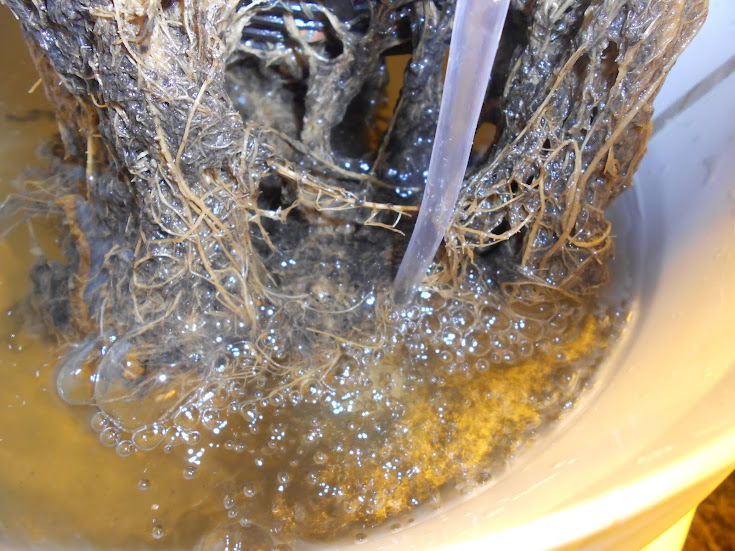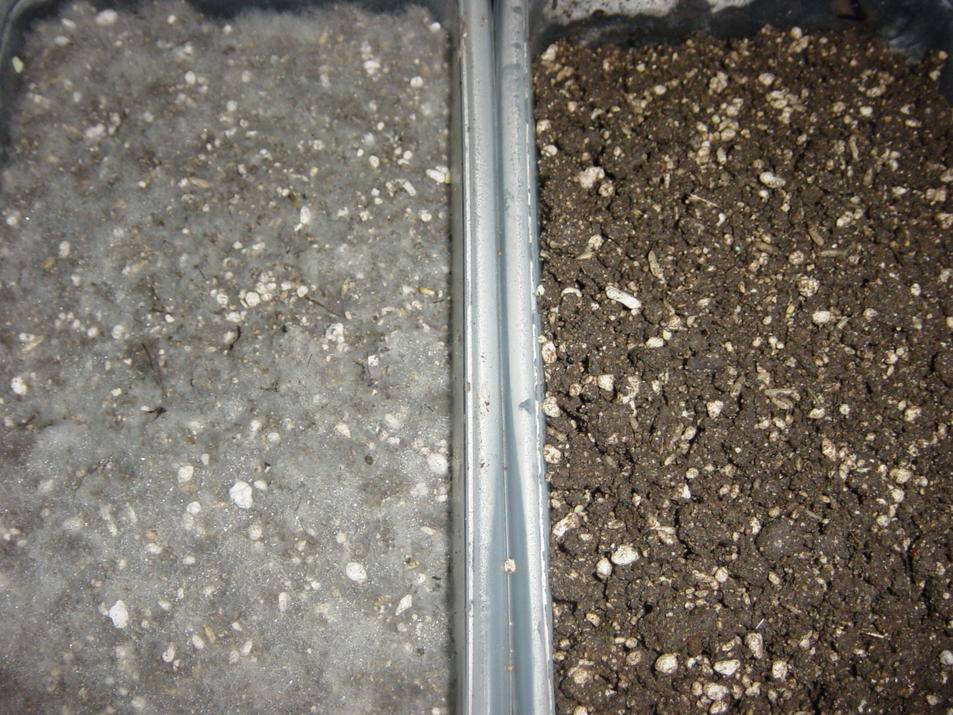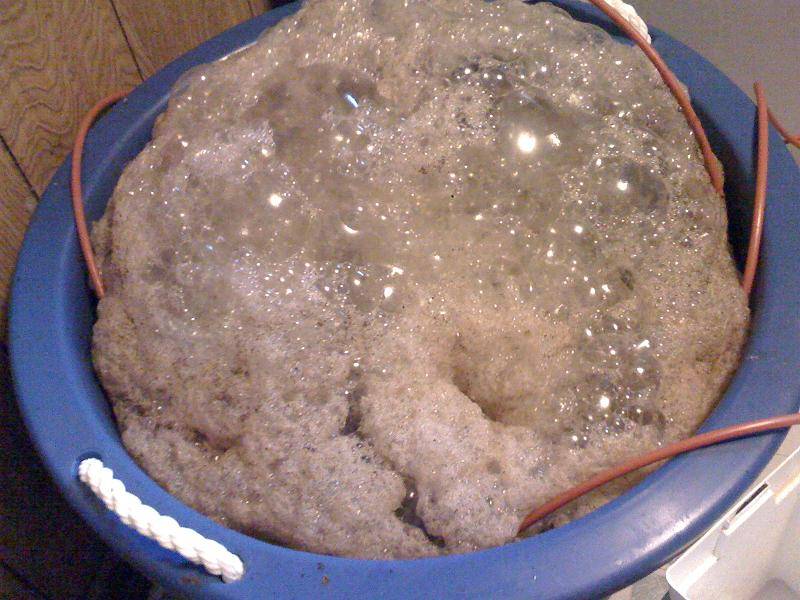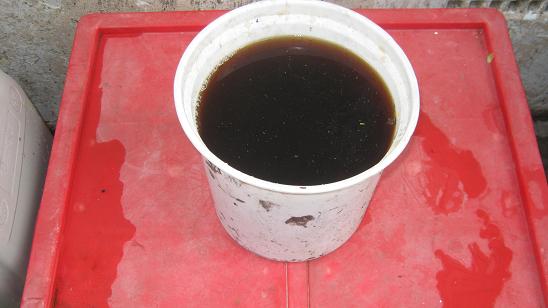You are using an out of date browser. It may not display this or other websites correctly.
You should upgrade or use an alternative browser.
You should upgrade or use an alternative browser.
Super Anti - Root Rot Tea
- Thread starter Grim Reefer
- Start date
Thanks for checking it out.Nice info.i,m a little late just found it.Peace.
Hi @Jtsmoker they were just pictures that i grabbed from the net to show what root rot looks like.That plant is on skid row no way its alive right
- Joined
- Apr 4, 2015
- Messages
- 562
- Reputation
- 0
- Reaction score
- 1,364
- Points
- 0
- Currently Smoking
- GhostToof’s
I believe what you have done while trying to supercharger worm castings is create what is referred to as cobweb mold which I know from plenty of mushroom growing experience because it shows up all the time on the casing layers. I could be wrong but it sure looks like cobweb mold to me. Any soil microbes bacteria or fungi are invisible to the naked eye and only visible under a microscope. If you want to know more look up a guy who calls himself the microbe man who has a lot of videos on YouTube.
@BISCUITSI believe what you have done while trying to supercharger worm castings is create what is referred to as cobweb mold which I know from plenty of mushroom growing experience because it shows up all the time on the casing layers. I could be wrong but it sure looks like cobweb mold to me. Any soil microbes bacteria or fungi are invisible to the naked eye and only visible under a microscope. If you want to know more look up a guy who calls himself the microbe man who has a lot of videos on YouTube.
You can only get this cow web mold from super charging your worm castings. You can use a micro scope to check as i have done before. If you havent given the bacteria a super charge you will not find this mold. You dont need an expensive microscope to figure that one out.
Nice tea! Just got into probiotics not too long ago.
My most recent venture, was a product called EM-1. It's an microbe inoculant/ probiotic.
I grow in living soil in an earthboxes. They are basically a container that wicks water from a reservoir. Generally what happens is the roots will drop in the res to.drink giving one "Hopefully" hydro like growth with organics.
The em-1 is suppose to keep the water from going bad but if I didn't already blow a nice load on it then I would of tried your method.
Nice work
My most recent venture, was a product called EM-1. It's an microbe inoculant/ probiotic.
I grow in living soil in an earthboxes. They are basically a container that wicks water from a reservoir. Generally what happens is the roots will drop in the res to.drink giving one "Hopefully" hydro like growth with organics.
The em-1 is suppose to keep the water from going bad but if I didn't already blow a nice load on it then I would of tried your method.
Nice work
Righteous Reefer
Smoke dat weed and spread ur seeds
Does this tea attract any pests or mildew/mold or those gnat thingys.?Introduction
This Tea will completely stop root rot and act as a preventative as long as its used on a weekly basis.
It will make the beneficial bacteria product last 100 times longer as we create over billions of beneficial bacteria working to help improve your crop.

Plant Benefits
Your plants will love this brew as it also give them a organic boost helping to create a healthy and highly nutritional environment for the roots, Increasing both plant size and yield.
The Tea is also packed with other natural substances to help promote strong and healthy growth – Humate (Humic acid), as well as cytokins, auxins and giberelins along with amino acids and trace elements.
Why?
The reason why I am doing this thread is because,
I have seen various different methods on how to brew a super charged compost tea, that kills root rot.
Unfortunately a lot of the recipes can be poorly constructed due a lack of precise research and understanding; for example amounts, ratios, temperatures etc.
Or they are made for massive grow operations and its just impossible to get all the ratios exactly right for a smaller scale grow.
In this recipe Il make sure to keep the dosages on the small side as not everyone is growing plants in a 12 or 24 pot plus systems or more.
This recipe is mostly used for hydroponic systems of any kind but can also bee used for soil grown plants too.
I will make sure to leave links to products that people might be unsure of so you can either buy them for that website or find something similar near you.
Here is what you will need:
List of Equipment:
- Grinder ( plastic grinder for grinding your herbs works just fine)
- Measuring Spoon or syringe
- Air Pump with Air stone and silicon air tubing
- Small bucket
- Fine strainer (ones for cooking with the wire mesh work great)
- Small plastic container
- Mist spray bottle
- Plastic jug

List of Ingredients: The end product of this recipe will leave you with enough tea for 3-4 plants big plants, if you are only growing one plant, just use enough for that plant and either toss the rest of it or do what I do and feed it the plants in your house, garden etc.

Warning!!!! Do not mix with Hydrogen Peroxide Products.
Preparing the Worm Castings
First things first to get the most out of your ingredients before you brew the tea we need to give the worm casting a super charge. This packs the worm castings full of extra beneficial microbes which weren't there before and gives them a serious boost in vigor.

After 4 or 5 days you should be able to to clearly see lots of what looks like webs over the medium.
Congratulations you have successfully super charged the worm castings.
Method for Brewing Tea
Always remember to keep the water temperature between 18-22C as best you can as this is where the most oxygen is dissolved. You should never store this tea at all, always use it fresh. Never brew the tea for longer than 36 hours as this is the point where it can get anaerobic and unless you have a micro-scope you have no way of telling what other kinds of bacteria and microbes are now starting to form.

You should notice vast amounts of brown - white foam over the liquid.
It should smell sweet and earthy very much like clay or a well established soil.
It shouldn't smell like Farts or rotten eggs and if it does then you have done something wrong and be sure to toss it out.

Now that you have bubbled the solution for the 36 hours, strain it into a jug using a kitchen strainer.
Congratulations you have brewed a fantastic Compost Tea.
Directions, Dosages & Measurements
These directions are suited for world wide use and not just allocated to Europe or America, etc.
I have made sure that everything is in Litre/ Liters - L & Milliliters - ML so that we have universal measuring system and understanding.
Once you have brewed the Super Anti - Root Rot Tea it is time to administer it to the plant/plants.
If growing in soil/ soil-less medium then 30-50ml should be sufficient for one plant.
Just pour the tea over the medium like the way you would normally water your plant.
Or mix it in the above amounts into your feed but be sure to make PH adjustments before adding the tea as the PH up - down can kill the bacteria.
Make sure that this only done once weekly as too much of a good thing can be bad.
When growing in a Hydroponic System 25-30ml to 4 liters will be more than enough for one plant
It is important to administer the tea by top feeding it straight into net pot.
This ensure that the tea is combating the bad bacteria right at its source.
It also allows the remainder of the tea to slowly drip down through the net pot and into the resovior where any other bad bacteria will be taken care of.
For those of you who would like to do out a recipe for them self's please follow the these guidelines
Molasses: 0.5% of total water
Worm Castings: 2.4% of total water
Beneficial Bacteria: 0.7-1ml per L of water
So for this recipe its worked out like this:
Molasses: 0.5% of 1000ml = 5ml
Castings: 2.4% of 1000ml = 25ml
Bacteria: 1ml per 1000ml = 1ml
I hope this helps people who were struggling to find a precise method to brewing this fantastic tea.
It really does work wonders and you can instantly see how happy your plants will get once you start feeding it to them.
If anyone has any questions or query's please feel free to comment on this thread or hit me up with a P.M.
Il be glad to help you as best as I can.
Similar threads
- Replies
- 12
- Views
- 667
- Replies
- 44
- Views
- 2K
